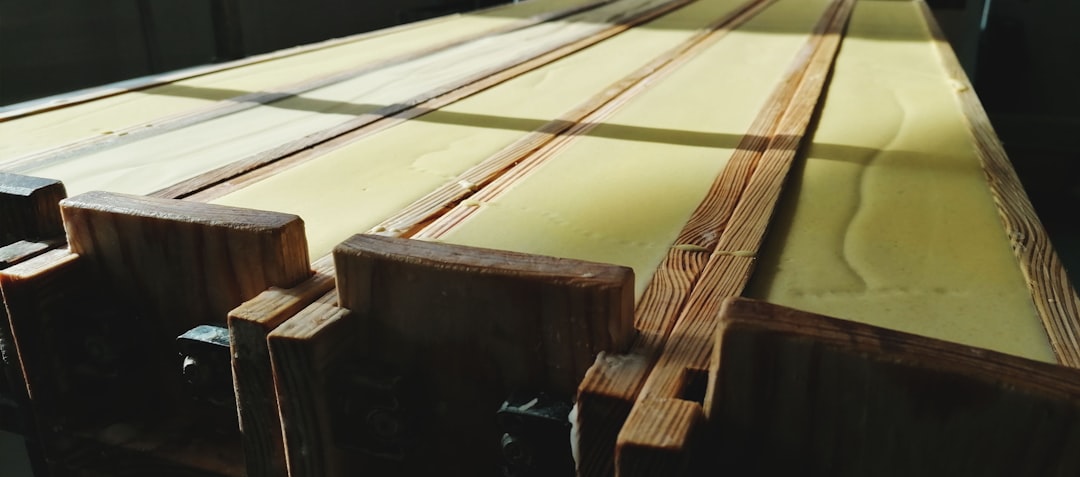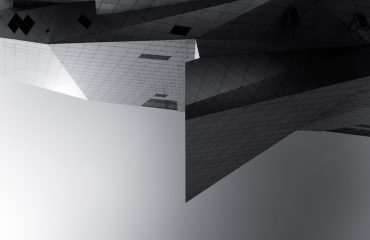Steel frames are ubiquitous in modern construction, offering strength, versatility, and speed of construction. Designing these structures, however, requires a deep understanding of engineering principles, design codes, and material properties. This comprehensive guide delves into the key aspects of steel frame design, providing a detailed overview for both professionals and students.
1. Understanding Load and Stress Analysis in Steel Frame Design
The foundation of any successful steel frame design lies in accurately predicting and managing the loads and stresses the structure will experience. This involves a thorough understanding of various load types, including:
- Dead Loads: The weight of the structure itself, including steel members, cladding, and other permanent fixtures.
- Live Loads: Variable loads such as occupancy loads (people, furniture), snow loads, and wind loads. These are often determined using relevant building codes and local climatic data.
- Seismic Loads: Forces generated by earthquakes, crucial for structures in seismically active regions. These loads are calculated using dynamic analysis methods and are heavily dependent on the site’s location and soil conditions.
- Environmental Loads: Include temperature variations leading to thermal expansion and contraction, and the effects of ice and snow accumulation.
Once loads are determined, structural analysis techniques, such as finite element analysis (FEA) or simplified methods like portal frame analysis, are employed to calculate internal forces (axial forces, shear forces, and bending moments) within the members. These forces are then used to determine the required section properties of the steel members to ensure adequate strength and stability.
2. Selecting Appropriate Steel Sections and Grades
The choice of steel section (e.g., I-beams, H-beams, channels, angles) and grade significantly impacts the design’s efficiency and cost. Several factors influence this selection:
- Strength Requirements: The calculated stresses from the analysis dictate the minimum required section modulus and yield strength.
- Structural Stability: Slender members are prone to buckling under compressive loads. Section selection must consider the member’s slenderness ratio and the potential for lateral-torsional buckling.
- Cost Optimization: Different sections offer varying strength-to-weight ratios. Optimizing section selection balances structural performance with material cost.
- Availability and Fabrication: The chosen sections should be readily available in the market and easily fabricated to meet the design requirements.
- Steel Grade: Higher strength steel grades (e.g., A992) offer increased strength and reduced weight compared to lower grades (e.g., A36), but may have limitations in weldability and cost.
Software tools and design handbooks are invaluable in this selection process, providing comprehensive databases of available sections and their properties.
3. Designing Steel Connections: The Heart of the Frame
Steel connections are critical for transferring loads between different members and ensuring the structural integrity of the entire frame. The design of these connections must consider several factors:
- Connection Type: Common connection types include bolted connections, welded connections, and a combination of both. The choice depends on factors like load capacity, fabrication ease, and cost.
- Bolt Selection: Bolt size, grade, and arrangement significantly impact the connection’s strength and stiffness. Detailed calculations ensure adequate bolt capacity to resist shear and tension forces.
- Weld Design: Weld size, type (e.g., fillet weld, groove weld), and placement are crucial for ensuring sufficient weld strength and preventing weld defects. Weld design often adheres to strict code requirements.
- Connection Detailing: Accurate detailing of connections is essential for proper fabrication and erection. Drawings must clearly specify dimensions, bolt patterns, weld sizes, and other relevant information.
- Connection Stiffness: The stiffness of the connections influences the overall structural behavior and must be considered in the analysis.
Proper connection design is crucial for preventing premature failure and ensuring the overall structural integrity of the steel frame.
4. Detailing and Fabrication Considerations in Steel Frame Design
Accurate detailing and efficient fabrication are essential for the successful construction of a steel frame. Detailing involves creating precise drawings and specifications that guide the fabrication process. Key aspects include:
- Member Marking and Identification: Clear marking of members with their size, grade, and other relevant information ensures accurate fabrication and assembly.
- Connection Detailing: As mentioned earlier, detailed connection drawings are vital for precise fabrication of welds and bolt holes.
- Fabrication Tolerances: Allowable tolerances for member dimensions and connection details must be defined and adhered to during fabrication.
- Shop Drawings: Shop drawings are prepared by fabricators and must be reviewed and approved by the structural engineer to ensure compliance with the design.
- Erection Drawings: These drawings provide guidance for the erection of the steel frame on site, including sequence of erection and lifting plans.
Effective communication between the designer, fabricator, and erector is crucial for a smooth and efficient construction process.
5. Code Compliance and Design Standards in Steel Frame Design
Steel frame designs must comply with relevant building codes and design standards to ensure safety and structural integrity. These codes provide guidelines for load calculations, material selection, design procedures, and construction practices. Key considerations include:
- AISC (American Institute of Steel Construction): Provides comprehensive design standards and specifications for steel structures in North America.
- Eurocode 3: The equivalent European standard for steel design.
- AS/NZS 4600: The Australian/New Zealand standard for steel structures.
- Local Building Codes: Local building codes often supplement international standards with specific requirements related to seismic zones, wind speeds, and other local conditions.
- Fire Protection: Code requirements often mandate fire protection measures for steel structures to ensure adequate fire resistance.
Adherence to these codes is crucial for ensuring the safety and longevity of the steel frame structure. Regular inspections and quality control throughout the design and construction process are vital for maintaining compliance.
Designing steel frames requires a multidisciplinary approach, combining theoretical knowledge with practical experience and attention to detail. This guide provides a fundamental overview; further specialized knowledge and software proficiency are essential for professional practice.
SEO Tags:
Steel Frame Design, Steel Structure Design, Steel Connection Design, Structural Steel Design, Steel Frame Analysis




